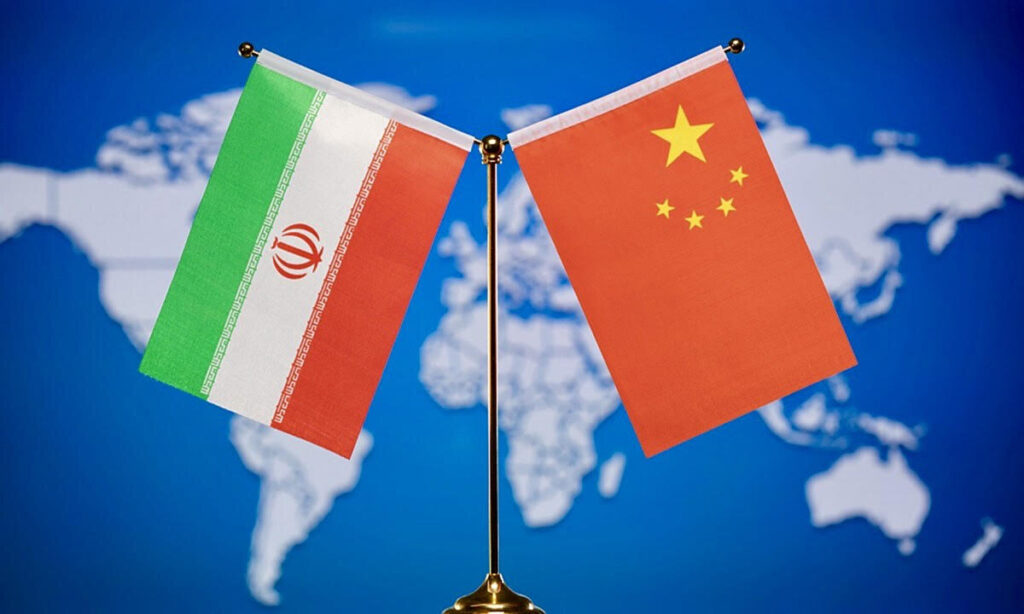TEHRAN – Iran has officially joined the BRICS mechanism for the first time this year, offering a fresh platform for cooperation between Iran and China and enhancing the outlook and potential for the China-Iran comprehensive strategic partnership. The inaugural attendance was marked at the BRICS Foreign Ministers’ Meeting which took place in Nizhny Novgorod, Russia from June 10 to 11.
Wang Yi, member of the Political Bureau of the CPC Central Committee and Foreign Minister, represented China at the meeting and extended warm congratulations to Iranian Acting Foreign Minister, Mr. Bagheri, for Iran’s first formal participation in the BRICS Foreign Ministers’ Meeting.
As global change becomes increasingly uncertain and unstable due to the division, restructuring and major shifts, BRICS presents itself as a significant force in shaping the international landscape. The expansion of BRICS signifies a new phase for increased strength and unity among southern hemisphere nations, as the association continues to grow in appeal and attractiveness.
At present, BRICS nations comprise around half of the global population and have surpassed the G7 in purchasing power parity. These countries’ goods trade contributes approximately 20% of the world’s total, despite the trade volume among them representing only about 10% of their individual foreign trade, indicating considerable room for further growth. The BRICS New Development Bank currently backs almost 100 projects, facilitating the member nations’ economic and social development. Post-expansion, the BRICS mechanism’s international influence has grown, commanding more sway in international affairs and global governance to protect the collective interests of developing nations.
Being a recent Ambassador to Iran, I can appreciate Iran’s unique geographical positioning as a key Middle Eastern nation and its significant role in global and regional affairs. Iran’s inclusion in BRICS bolsters the representativeness of the association, buttresses global peace-building and development efforts and reinforces the global influence of BRICS.
The Iran Customs Administration (IRICA) data reveals that Iran’s non-oil trade with BRICS nations nearly touched US$40 billion in the 2022-2023 fiscal year, registering a 14% surge year-on-year. China stands as Iran’s most substantial trading ally. As part of the BRICS community, I foresee increased cooperation reaping more benefits for the Iranian populace.
Iran’s integration into the BRICS mechanism adds vibrancy to the China-Iran camaraderie. Iran was among the pioneer nations to seek membership in the BRICS mechanism. In 2017, under President Xi Jinping’s “BRICS+” initiative, Iran received an invitation to join, and by 2023, with endorsement from China and other countries, Iran was officially recognized as a BRICS member.
Anticipating the future, enormous potential exists for China-Iran cooperation under the BRICS mechanism. Both countries should focus on development, consolidate efforts for advancement, deepen practical cooperation, intensify cultural exchange, and enhance bilateral relations across all sectors.
Both nations should prioritize universal security, collaborate to address challenges, uphold impartiality, foster international consensus for peace, and invigorate the political resolution of contentious issues. They should promote fairness, improve global governance, persist in endorsing multilateralism, work in unison within the BRICS mechanism, uphold the UN-centered international system, and expedite the realization of a balanced and orderly multipolar world.
Owing to the deeply rooted traditional friendship and robust political mutual trust, China-Iran relations have showcased steady development. China is eager to boost strategic coordination with Iran, creating a colourful addition to the vibrant China-Iran partnership.
